
Colin Crampton and his beautiful – if rather vulgar – Australian girlfriend are eating out at a Brighton restaurant. Shirley likes her steak rare, and she subscribes to the old adage about cooking a huge slice of beef, “Knock its horns off, wipe its bum, and lead it quickly through a warm kitchen,” Unfortunately, the blood on her Porterhouse has an additional source – a growing stain in the ceiling above their table.
In this sanguinary manner we get straight into the action in Peter Bartram’s third tale of Colin Crampton, the intrepid 1960s reporter for the Evening Chronicle. Colin races upstairs to the flat above the restaurant and finds an extremely leaky corpse, later to be identified as the mortal remains of one Derek Clapham.
 Colin’s day has already been bad enough. He has been summoned to the office of Frank Figgis, the News Editor, and given a daunting task. The newspaper’s Editor, Pope by name (dubbed “His Holiness”, naturally) has a brother called Gervaise. Gervaise is in trouble. He has been mixing with some rather unsavoury characters, namely the adherents of Sir Oscar Maundsley, the aristocratic former fascist leader. Interned by Churchill during the war, he now dreams of Making Britain Great Again.
Colin’s day has already been bad enough. He has been summoned to the office of Frank Figgis, the News Editor, and given a daunting task. The newspaper’s Editor, Pope by name (dubbed “His Holiness”, naturally) has a brother called Gervaise. Gervaise is in trouble. He has been mixing with some rather unsavoury characters, namely the adherents of Sir Oscar Maundsley, the aristocratic former fascist leader. Interned by Churchill during the war, he now dreams of Making Britain Great Again.
Due to internal feuds among the fascist folk – which has also resulted in the stabbing of Derek Clapham, and the spoling of Shirley’s steak – Gervaise Pope has threatened to shoot Maundsley. Figgis has been told by His Holiness to find the errant brother and stop him from committing murder. One problem. Gervaise has disappeared and so, Figgis, with all his fabled capacity for delegation, has handed the task to Colin Crampton.
What follows is a fascinating and completely beguiling journey through a 1960s England that seems now, at least to those of us old enough to have been there, as far away and foreign as medieval Cambodia, including a visit to the bizarre school for dancing mentioned in the title. Maundsley is a thinly disguised …. ? Well, since neither Peter nor I can afford expensive libel lawyers, you must do your own homework. Along the way we are reminded that the Prime Minister of the day was the curiously archaic Alexander Frederick Douglas-Home (pronounced ‘Hume’), and Bartram also has great fun as he remembers – more or less with affection – the way we were and the things we ate and wore.
Peter Bartram doesn’t mind at all if this book is popped onto the ‘cosy’ shelf of your library, but he serves up just enough violence and and downright malice to blow away the gentle mists of human kindness which can soften the outlines of dark deeds. Like the old trick where you were persuaded to put your tongue on the terminals of a 9 volt battery – and then regretted it – the dialogue tingles and sparks. The gags, puns and one-liners come thick and fast, and – as befits the experienced newspaperman that he is – Bartram never wastes a word.
In terms of plot content, Bartram audaciously brings A Very Important Person into the narrative at the end of the book and, my goodness, how well it works. In the hands of a lesser writer, this episode could have fallen flat on its face, but such is Bartram’s skill, it works beautifully and with added poignancy, given what was to happen just a few months later.
I reached the final page with that mix of sadness and satisfaction which will be familiar to anyone who has ever read a good book. The Tango School Mystery is a delight from start to finish and, sentimental old sod that I am, I want to find a tree and carve ‘Colin 4 Shirley’ on it, inside a big heart. Yes, well spotted – amidst the murder, mayhem and subterfuge, there is an enchanting love story, too! The Tango School Mystery is published by The Bartram Partnership.




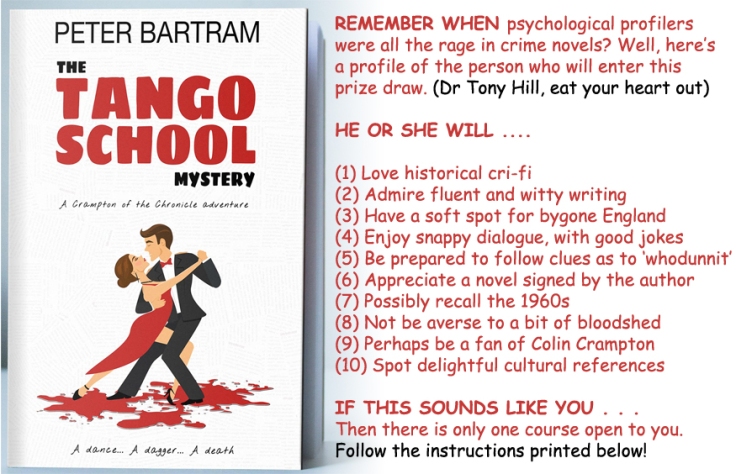
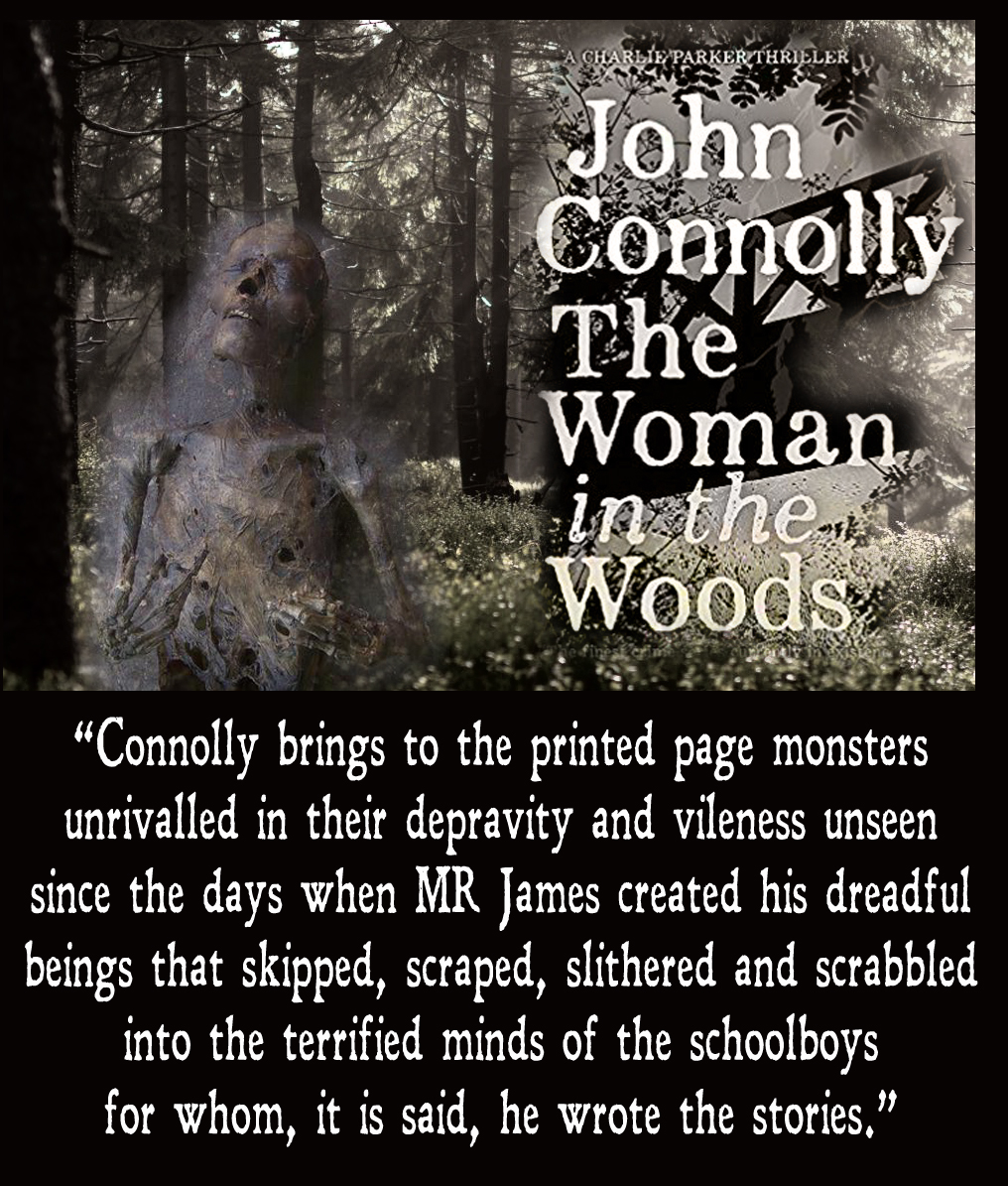

 In the dark woods of Maine a tree gives up the ghost and topples to the ground. As its roots spring free of the cold earth a makeshift tomb is revealed. The occupant was a young woman. When the girl – for she was little more than that – is discovered, the police and the medical services enact their time-honoured rituals and discover that she died of natural causes not long after giving birth. But where is the child she bore? And why was a Star of David carved on the trunk of an adjacent tree? Portland lawyer Moxie Castin is not a particularly devout Jew, but he fears that the ancient symbol may signify something damaging, and he hires PI Charlie Parker to shadow the police enquiry and investigate the carving – and the melancholy discovery beneath it.
In the dark woods of Maine a tree gives up the ghost and topples to the ground. As its roots spring free of the cold earth a makeshift tomb is revealed. The occupant was a young woman. When the girl – for she was little more than that – is discovered, the police and the medical services enact their time-honoured rituals and discover that she died of natural causes not long after giving birth. But where is the child she bore? And why was a Star of David carved on the trunk of an adjacent tree? Portland lawyer Moxie Castin is not a particularly devout Jew, but he fears that the ancient symbol may signify something damaging, and he hires PI Charlie Parker to shadow the police enquiry and investigate the carving – and the melancholy discovery beneath it. In another life John Connolly would have been a poet. His prose is sonorous and powerful, and his insights into the world of Charie Parker – both the everyday things he sees with his waking eyes and the dark landscape of his dreams – are vivid and sometimes painful. Connolly’s villains – and there have been many during the course of the Charlie Parker series – are not just bad guys. They do dreadful things, certainly, but they even smell of the decaying depths of hell, and they often have powers that even a gunshot to the head from a .38 Special can hardly dent.
In another life John Connolly would have been a poet. His prose is sonorous and powerful, and his insights into the world of Charie Parker – both the everyday things he sees with his waking eyes and the dark landscape of his dreams – are vivid and sometimes painful. Connolly’s villains – and there have been many during the course of the Charlie Parker series – are not just bad guys. They do dreadful things, certainly, but they even smell of the decaying depths of hell, and they often have powers that even a gunshot to the head from a .38 Special can hardly dent.

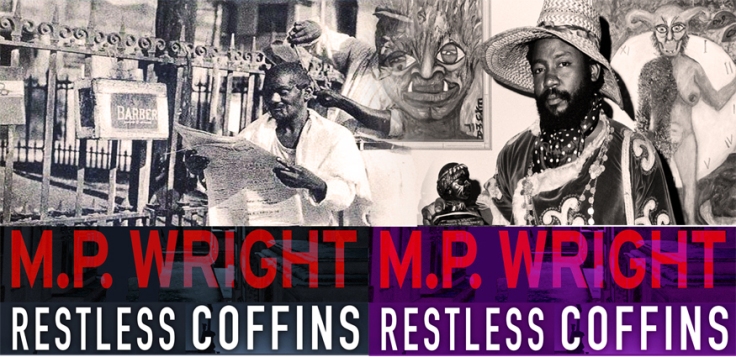
 Ellington, broke and broken-hearted has ended up in 1960s Bristol, where he uses his police training to eke out a living as a private investigator. When he receives the news that his only sister, Bernice, has died in Barbados, he is compelled to return home to wind up her affairs. Hovering in the background, however, is Ellington’s violent criminal cousin Victor, who has reappeared after rumours of his tumbling to his death on the rocky slopes of Bristol’s Clifton Gorge prove to be greatly exaggerated. When Ellington arrives in New York after the first leg of his journey home, he rapidly realises that ‘born-again’ Vic is involved in something much more dangerous – and potentially lethal – than his previous mildly illegal entrepreneurship within the West Indian community in Bristol.
Ellington, broke and broken-hearted has ended up in 1960s Bristol, where he uses his police training to eke out a living as a private investigator. When he receives the news that his only sister, Bernice, has died in Barbados, he is compelled to return home to wind up her affairs. Hovering in the background, however, is Ellington’s violent criminal cousin Victor, who has reappeared after rumours of his tumbling to his death on the rocky slopes of Bristol’s Clifton Gorge prove to be greatly exaggerated. When Ellington arrives in New York after the first leg of his journey home, he rapidly realises that ‘born-again’ Vic is involved in something much more dangerous – and potentially lethal – than his previous mildly illegal entrepreneurship within the West Indian community in Bristol. Wright has made the decision to phonetically transcribe all the dialogue between the main characters in his books. I have to admit that in Heartman it was a source of irritation to me, but such is the pace and vigour of the action in Restless Coffins that it didn’t seem to matter as much this time around. The new ‘crime’ of Cultural Appropriation seems to me to be one of the most pointless, misguided and irrelevant of fashionable 21st century dogmas, so you will hear no complaint from me about a white Englishman writing a novel with an almost entirely black cast, complete with speech patterns, vocabulary and inflections.
Wright has made the decision to phonetically transcribe all the dialogue between the main characters in his books. I have to admit that in Heartman it was a source of irritation to me, but such is the pace and vigour of the action in Restless Coffins that it didn’t seem to matter as much this time around. The new ‘crime’ of Cultural Appropriation seems to me to be one of the most pointless, misguided and irrelevant of fashionable 21st century dogmas, so you will hear no complaint from me about a white Englishman writing a novel with an almost entirely black cast, complete with speech patterns, vocabulary and inflections.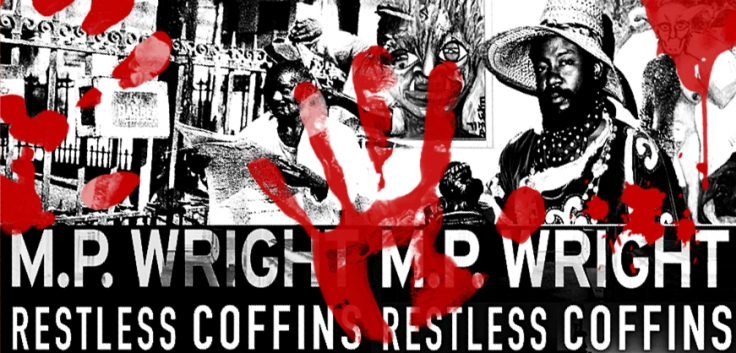
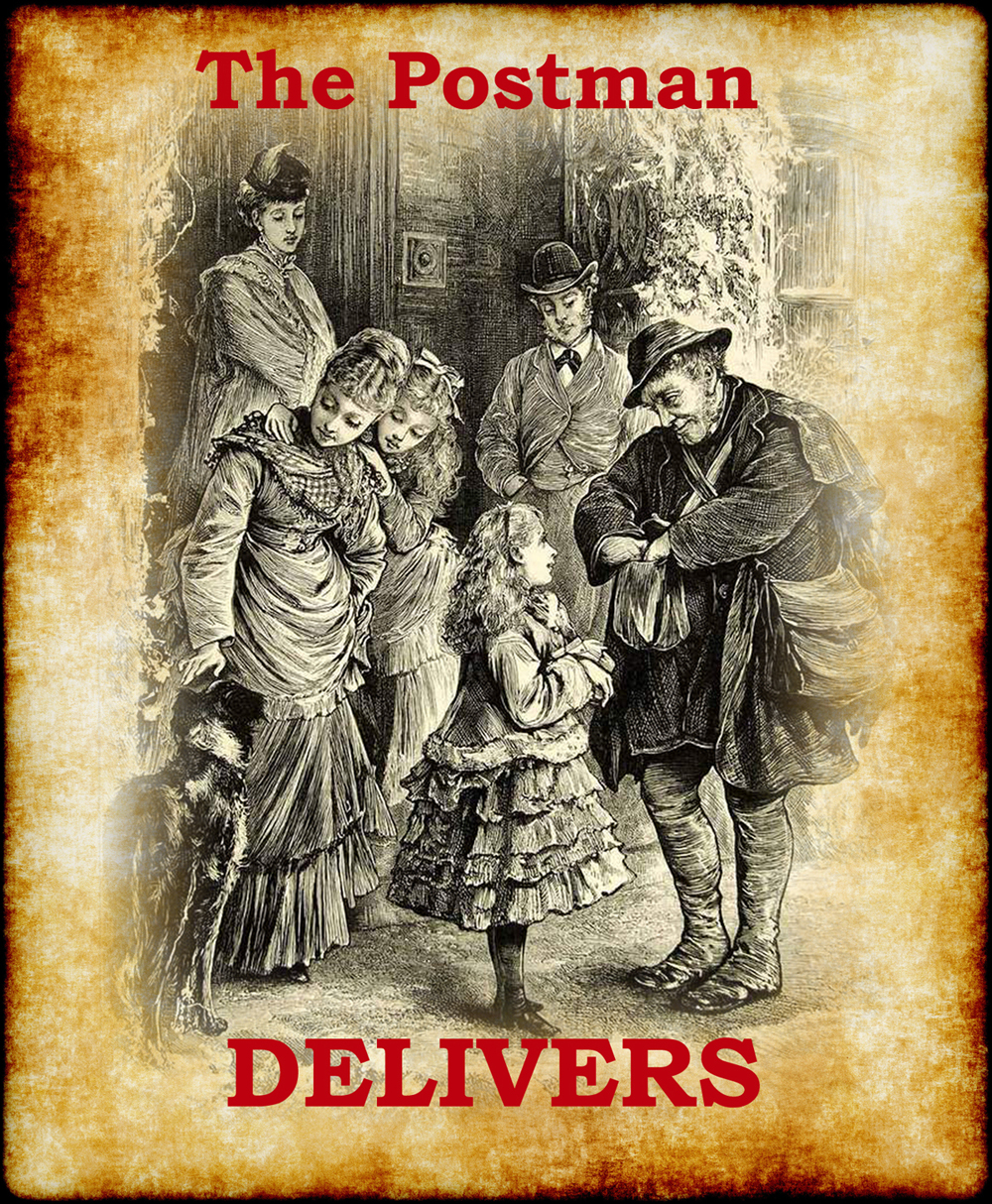
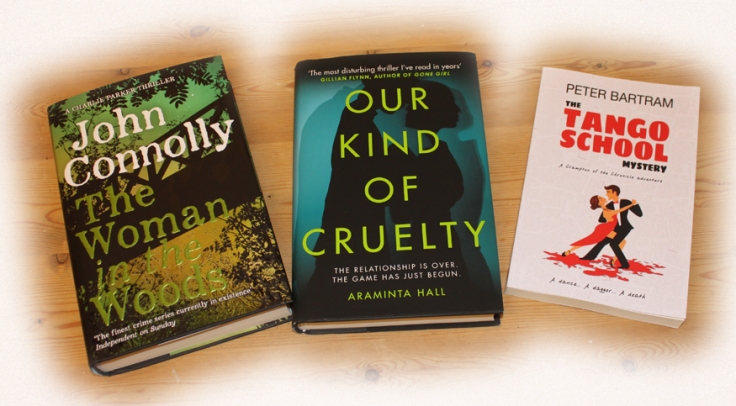
 Welcome to Brighton, England – where they do like to murder beside the seaside…Want to know what it’s like when a quiet romantic dinner ends in murder? Ace reporter Colin Crampton and his feisty girlfriend Shirley Goldsmith are tucking into their meal when Shirley discovers more blood on her rare steak than she’d expected.
Welcome to Brighton, England – where they do like to murder beside the seaside…Want to know what it’s like when a quiet romantic dinner ends in murder? Ace reporter Colin Crampton and his feisty girlfriend Shirley Goldsmith are tucking into their meal when Shirley discovers more blood on her rare steak than she’d expected. Charlie Parker – crime fiction’s most haunted private investigator – is back. As fans of the Portland, Maine detective know, death isn’t just part of the his natural human life cycle – it often assumes corporal form and walks alongside the living. The remains of a young woman are uncovered when a tree is uprooted, and when the body is examined, it is discovered that she had given birth shortly before her death. A Star of David has been carved in the bark of a tree, and Parker is hired by a Jewish lawyer to learn if the death has any anti-semitic overtones.
Charlie Parker – crime fiction’s most haunted private investigator – is back. As fans of the Portland, Maine detective know, death isn’t just part of the his natural human life cycle – it often assumes corporal form and walks alongside the living. The remains of a young woman are uncovered when a tree is uprooted, and when the body is examined, it is discovered that she had given birth shortly before her death. A Star of David has been carved in the bark of a tree, and Parker is hired by a Jewish lawyer to learn if the death has any anti-semitic overtones. Obsession, deception, emotional perversion, sexual mania, psychological sadism…? Yes, indeed. Araminta Hall ticks all of those toxic boxes in her eagerly awaited new thriller, which tells the tale of Mike and Verity. At the very heart of their unusual relationship is a game of seduction and danger, but with Verity’s impending marriage, the game has to end. At least it would in any normal relationship, but of all the adjectives that could be applied to what Mike and Verity get up to, the word ‘normal’ comes way, way, way down the list. So, what happens? Death is what has to happen, but the Grim Reaper seldom walks alone.
Obsession, deception, emotional perversion, sexual mania, psychological sadism…? Yes, indeed. Araminta Hall ticks all of those toxic boxes in her eagerly awaited new thriller, which tells the tale of Mike and Verity. At the very heart of their unusual relationship is a game of seduction and danger, but with Verity’s impending marriage, the game has to end. At least it would in any normal relationship, but of all the adjectives that could be applied to what Mike and Verity get up to, the word ‘normal’ comes way, way, way down the list. So, what happens? Death is what has to happen, but the Grim Reaper seldom walks alone.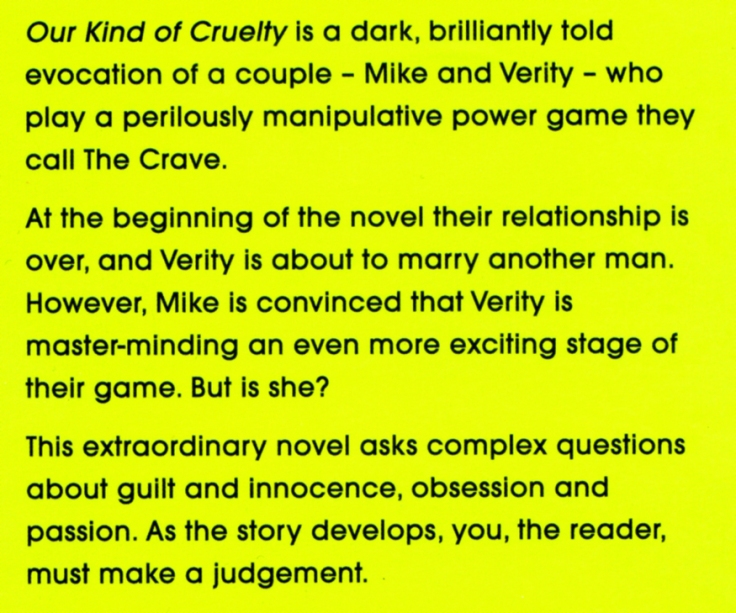
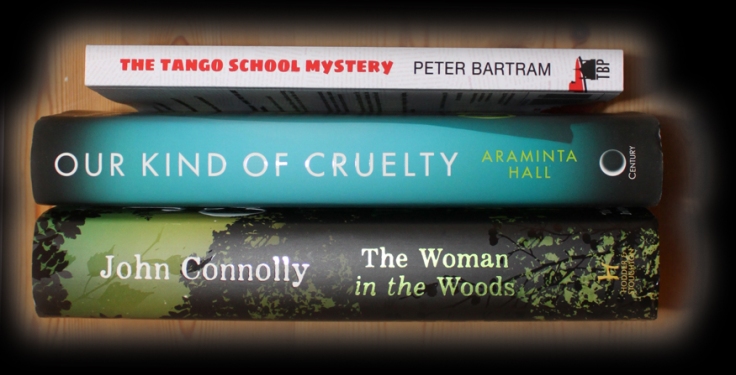



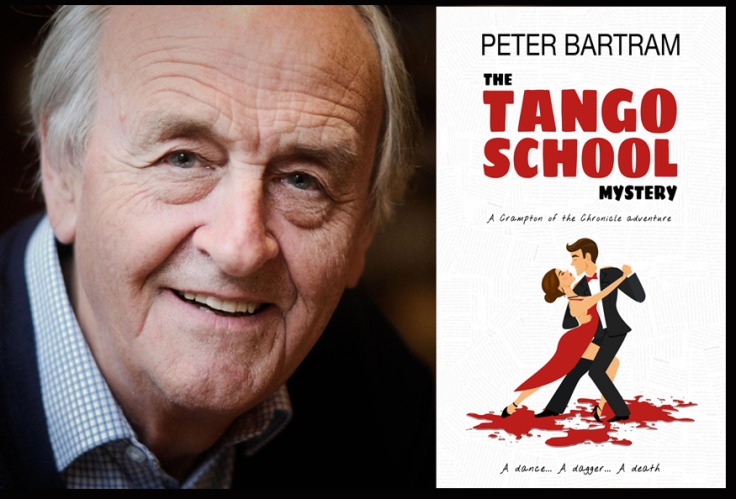

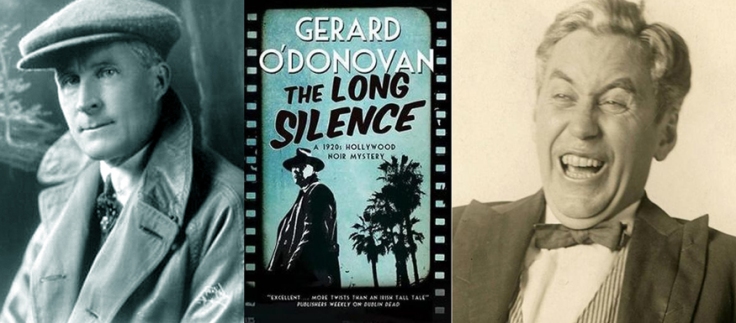
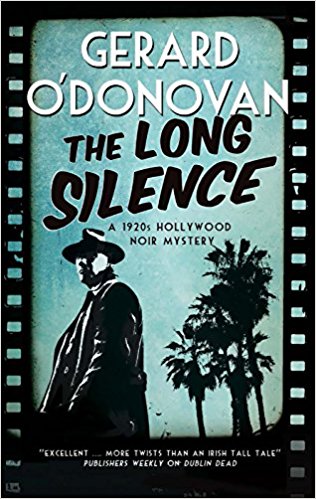 The most intriguing feature of this novel – and there are many – is the way O’Donovan drops us into the real life Hollywood of 1922. I knew something about the demise of Roscoe ‘Fatty’ Arbuckle, was aware of Mack Sennett and, of course, the names Douglas Fairbanks and Mary Pickford resonate with people of my generation who are reasonably well-read. But I had neither heard of – nor seen pictures of – Mabel Normand and, thanks to the wonders of Google, I could see instantly how she was able to mesmerise a generation of movie goers and readers of magazines. Those eyes! Tom Collins tells us about them quite early in the book.
The most intriguing feature of this novel – and there are many – is the way O’Donovan drops us into the real life Hollywood of 1922. I knew something about the demise of Roscoe ‘Fatty’ Arbuckle, was aware of Mack Sennett and, of course, the names Douglas Fairbanks and Mary Pickford resonate with people of my generation who are reasonably well-read. But I had neither heard of – nor seen pictures of – Mabel Normand and, thanks to the wonders of Google, I could see instantly how she was able to mesmerise a generation of movie goers and readers of magazines. Those eyes! Tom Collins tells us about them quite early in the book.
 This is a cracker of a book. To the casual observer, looking on from the safe distance of the best part of a century, Hollywood in the 1920s appears innocent and other-worldly. We might smile at the fluttering eyelashes and coy gestures of the female stars, and the black-and-white (both figuratively and literally) lack of ambiguity of the male heroes and villains but in reality the movie world was just as venal, corrupt and hard nosed as it is today. Gerard O’Donovan (right) lifts the stone from the ground and we see all manner of unpleasant – and deadly – creatures scurrying around in the unwelcome light. The first pages of the book might suggest that Tom Collins has told us all that he has to say, but I hope this is not the case. The Long Silence is published by Severn House, is available now in hardback and will be
This is a cracker of a book. To the casual observer, looking on from the safe distance of the best part of a century, Hollywood in the 1920s appears innocent and other-worldly. We might smile at the fluttering eyelashes and coy gestures of the female stars, and the black-and-white (both figuratively and literally) lack of ambiguity of the male heroes and villains but in reality the movie world was just as venal, corrupt and hard nosed as it is today. Gerard O’Donovan (right) lifts the stone from the ground and we see all manner of unpleasant – and deadly – creatures scurrying around in the unwelcome light. The first pages of the book might suggest that Tom Collins has told us all that he has to say, but I hope this is not the case. The Long Silence is published by Severn House, is available now in hardback and will be 

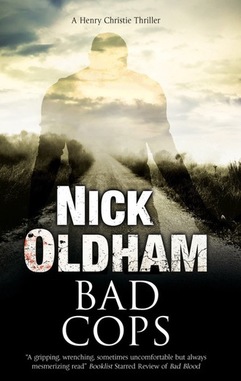 His resolve weakens, however, when he is visited by two of his more senior officers, his own Chief Constable and the newly appointed boss of the Central Yorkshire force, John Burnham. The Yorkshire police has suffered a disastrous inspection, and Burnham has been appointed to cleanse the Augean Stables.
His resolve weakens, however, when he is visited by two of his more senior officers, his own Chief Constable and the newly appointed boss of the Central Yorkshire force, John Burnham. The Yorkshire police has suffered a disastrous inspection, and Burnham has been appointed to cleanse the Augean Stables. Oldham (right) is a retired copper himself, so readers are guaranteed procedural details which are described with total authenticity, whether they be the smelly reality of unmarked police cars used for observation, complete with the detritus of discarded fast food wrappers and the inevitable flatulent consequences, and an intriguing – and quite scary – use for Blutac and two pence pieces.
Oldham (right) is a retired copper himself, so readers are guaranteed procedural details which are described with total authenticity, whether they be the smelly reality of unmarked police cars used for observation, complete with the detritus of discarded fast food wrappers and the inevitable flatulent consequences, and an intriguing – and quite scary – use for Blutac and two pence pieces.
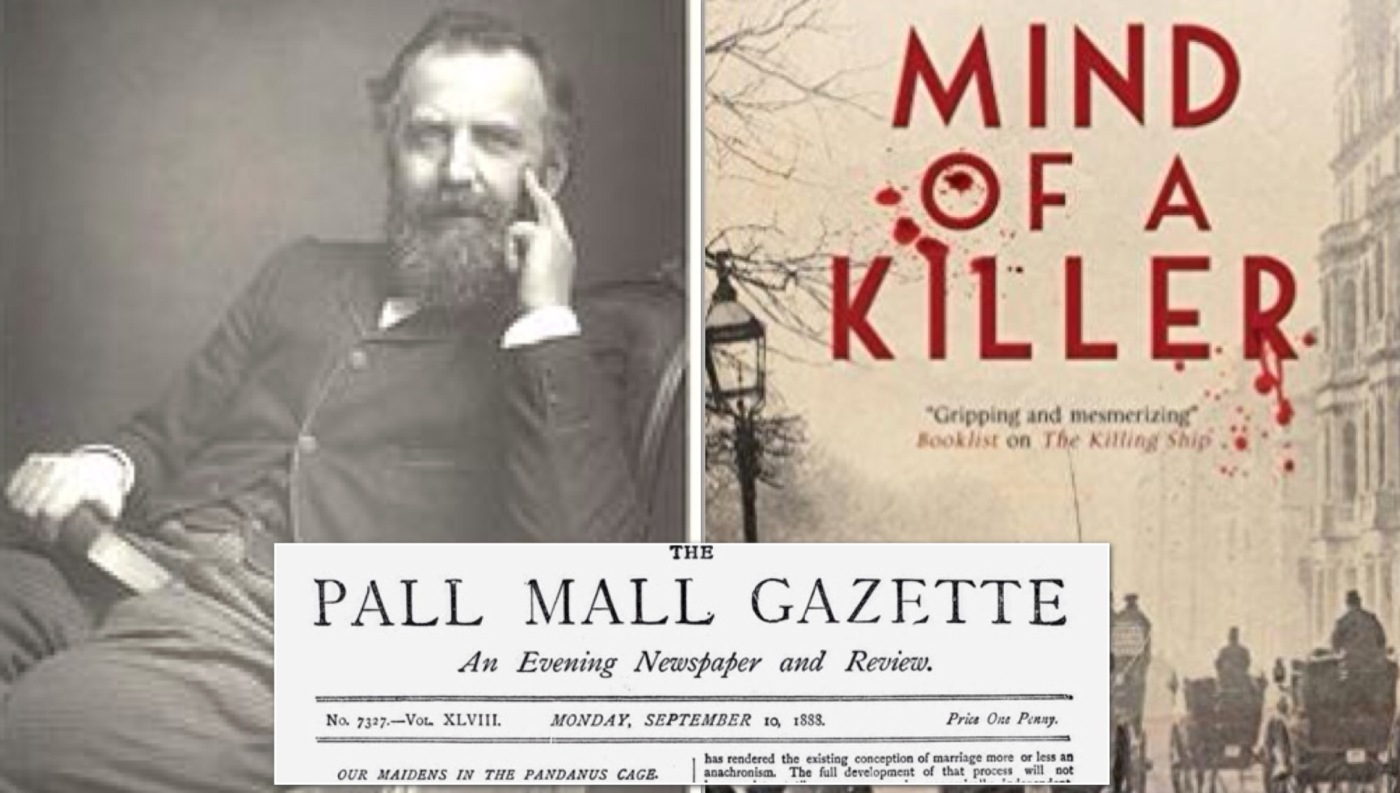

 Simon Beaufort provides an exhilarating and madcap journey through the contrasting mileus of Victorian London. We experience gentlemen’s clubs with their subtle ambience of brandy and fine cigars, the visceral stench of low-life pubs and doss houses and the clatter of the hot lead printing presses of a vibrant daily newspaper. Lonsdale – with the assistance of Hulda Friedrichs, a fiercely independent early feminist journalist – painstakingly uncovers a nightmarish plot hatched by scientists who are obsessed with eugenics, and believe that the future of the human race depends on selective breeding and the suppression of ‘the undeserving poor’.
Simon Beaufort provides an exhilarating and madcap journey through the contrasting mileus of Victorian London. We experience gentlemen’s clubs with their subtle ambience of brandy and fine cigars, the visceral stench of low-life pubs and doss houses and the clatter of the hot lead printing presses of a vibrant daily newspaper. Lonsdale – with the assistance of Hulda Friedrichs, a fiercely independent early feminist journalist – painstakingly uncovers a nightmarish plot hatched by scientists who are obsessed with eugenics, and believe that the future of the human race depends on selective breeding and the suppression of ‘the undeserving poor’.








